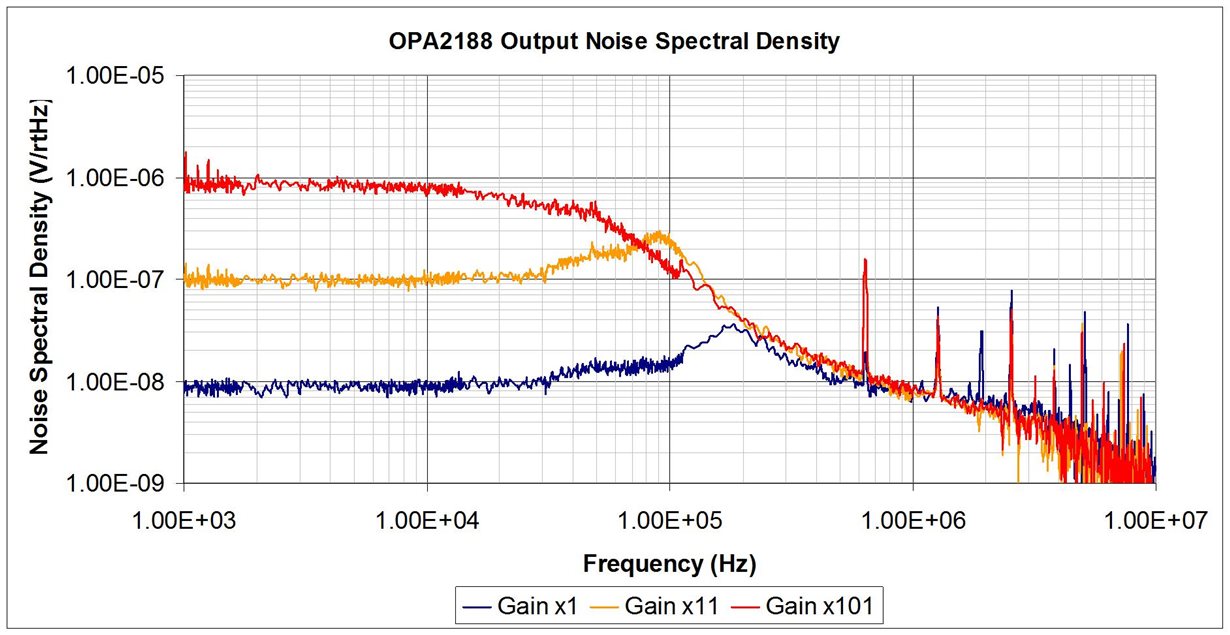Hi. I am testing an adjustable constant current source circuit as described on following link.
We were already testing the circuit with AD8629ARMZ from Analog Devices but it seems like Chopper-stabilized Op Amp needs compensation capacitor on its feedback to make the loop stable. Do you have any suggested-simpler OPAMPs to make the loop balanced?. Or may be are there any concerns or requirements when selecting the Op Amps?. Because of the limited PCB's occupation area, we required the same size (or smaller) and 2in1 OPAMPs as written above. Rail-to-rail common mode range and low noise are also needed. Sending me schematics to following email would be really appreciated.
sainer.s@gmail.com


